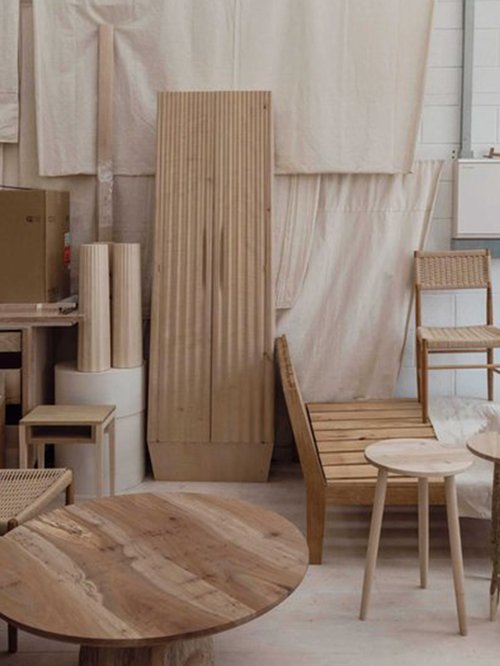
5 min read
Inside the Workshop: Sebastian Cox
On a recent trip to the UK, we had the chance to meet designer, craftsman and environmentalist Sebastian Cox, to learn more about his studio and have a tour of his workshop.
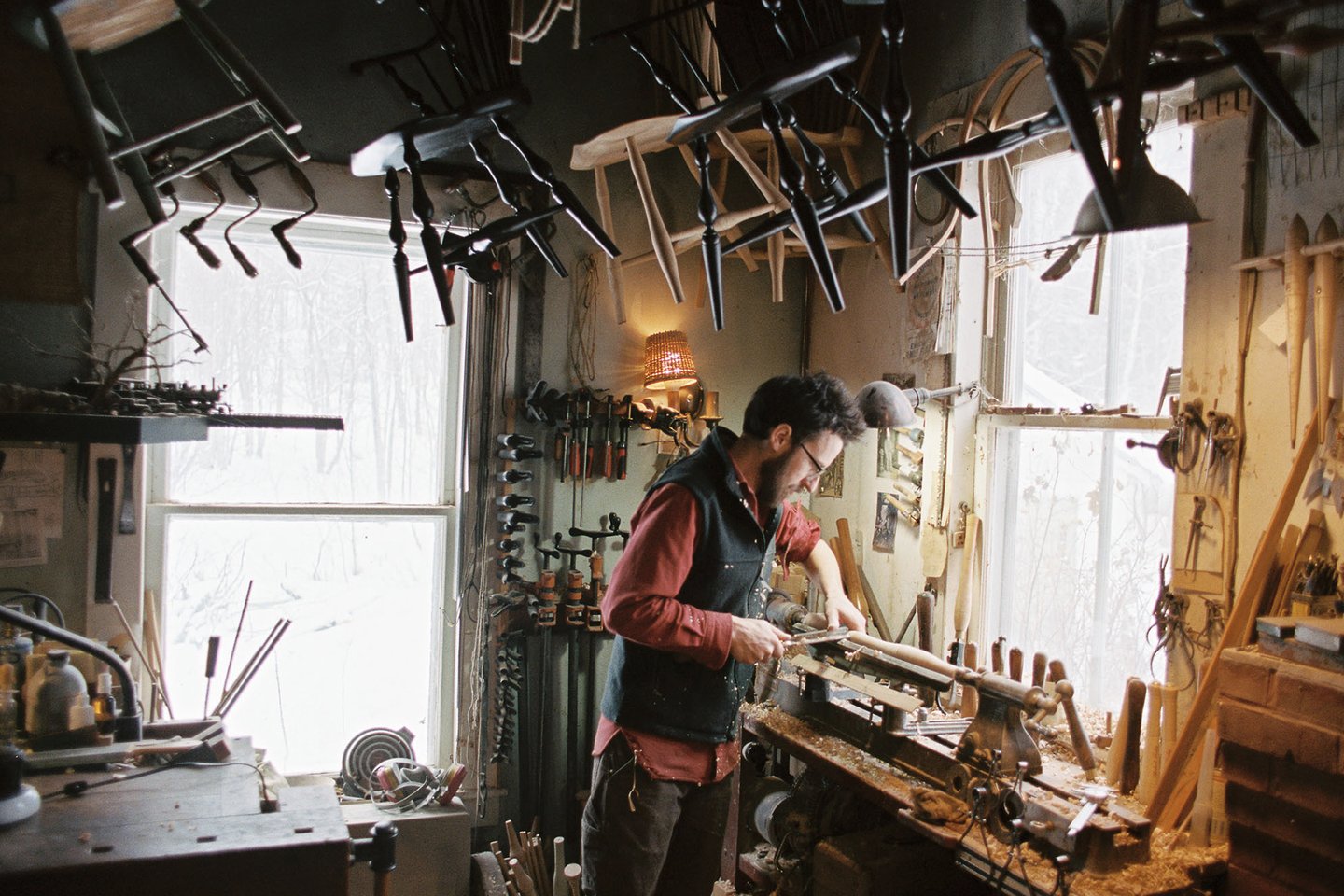
4 min read
WLLW speaks with Vermont's Sawyer Made on blending traditional woodworking with craftsmanship in Windsor chairmaking.
As the saying goes, the apple rarely falls far from the tree – and this is true for Vermont-based woodworker George Sawyer, who inherited a love for traditional chairmaking from his father, Dave. First the father, then the son, mastered the craft of handmaking Windsor chairs, introduced to North America by English settlers in the 1700s. Dave Sawyer, an MIT graduate with a degree in mechanical engineering, began building chairs in the early 1980s. George, after graduating from the Rhode Island School of Design, returned to train and work alongside his father. Sadly, Dave passed away last year after more than 30 years of working with wood, and George has since picked up the baton.
In 2012, George combined his father’s traditional woodworking techniques and fine craftsmanship with a contemporary business outlook by launching Sawyer Made with his wife Erin. "I grew up with woodworking; it was part of our family and feels like home to me. I’ve been thinking about furniture my whole life," George explains from his workshop in a restored 19th-century barn in Woodbury, Vermont. He stands among pre-prepared chair components and scores of well-loved hand tools, such as chisels, scorps and inshaves, that have pride of place around the workbenches and neatly arranged on shelves and hung from timber beams.

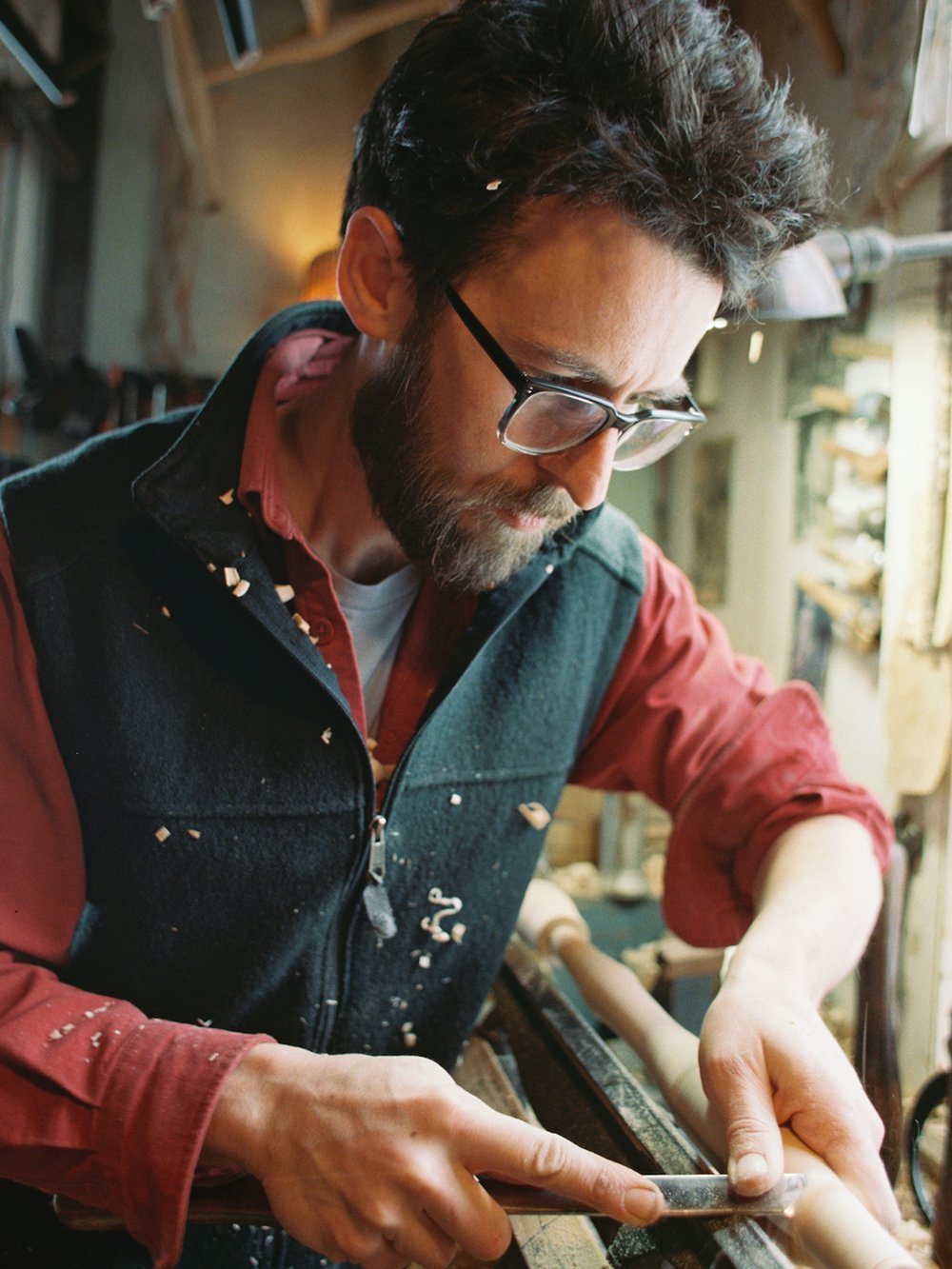

Every aspect of the chairs that George and his three woodworkers create are made by hand, with each chair taking from 30 to 50 hours to produce, depending on their complexity. "Generally, we try to work in batches and gain some efficiency that way, but we have to think about the amount of time that various parts may be waiting before being used so that we keep the moisture levels where we want them to be," he notes, gesturing towards a batch of rough-turned legs awaiting final shaping for specific orders. "Our spindles and backs are riven, coming directly from pieces split from the log."
Like his father, George uses greenwood – timber that still has a lot of moisture in it – so that the chairs retain flexibility, allowing the material to shrink and expand with the seasons. "In our kind of chairmaking, the moisture content of the wood is crucial," he explains. "Our spindles and legs are shaped with high moisture content. We then selectively dry these pieces to very dry levels (below 5 percent).” He details how they carefully manage the drying process to achieve the perfect fit. Most chairs are finished in milk paint and topped with a low-VOC (Volatile Organic Compounds) natural oil and wax blend. George is also exploring traditional linseed oil paint.

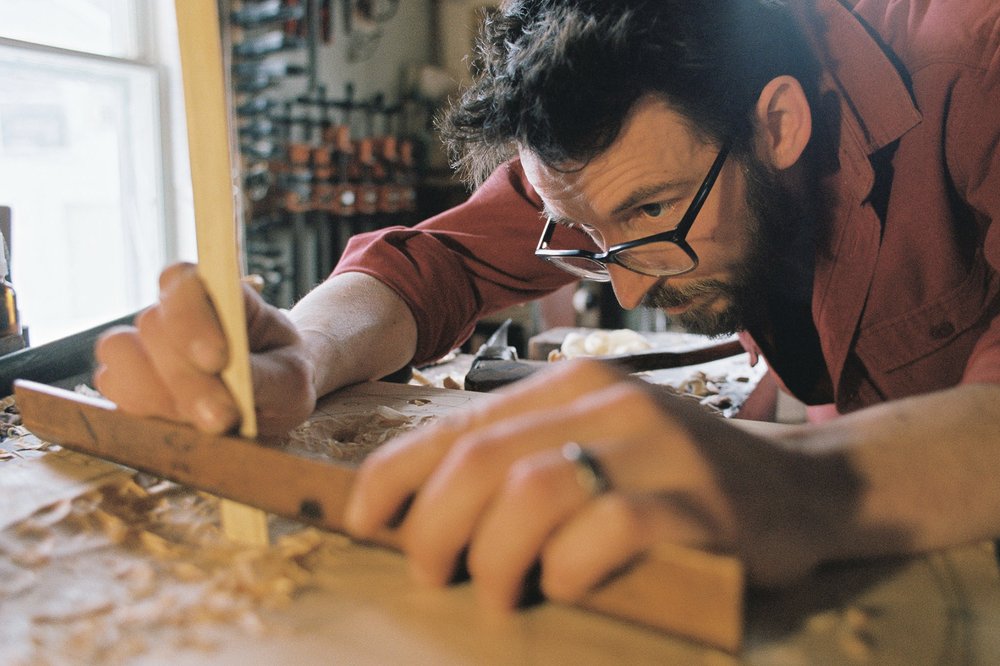
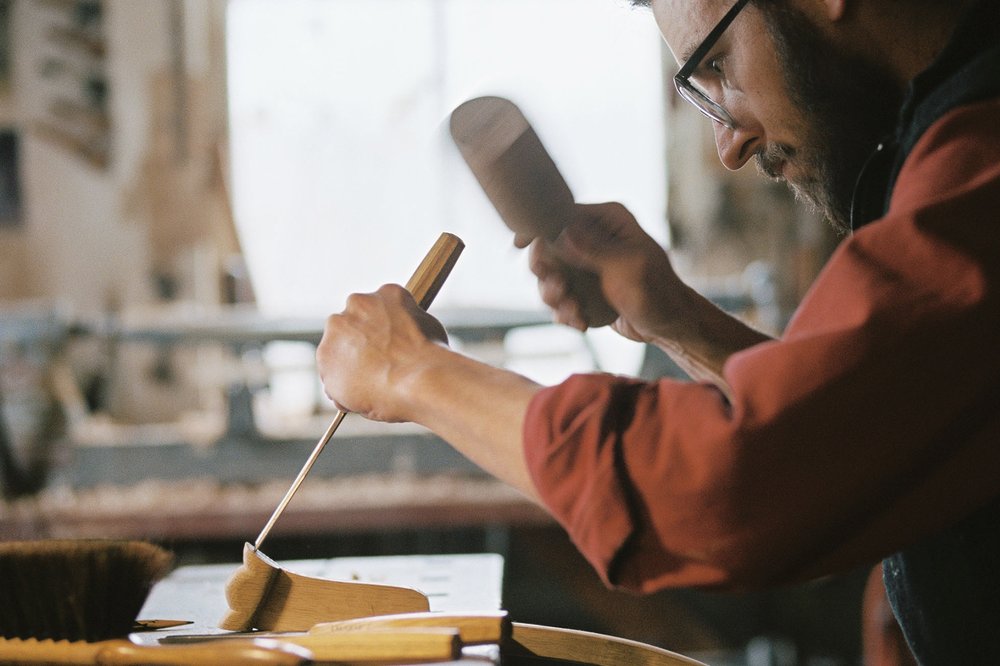
Although his work is deeply rooted in the Windsor chairmaking tradition, where the back pieces and legs both terminate at the seat, George draws inspiration from Shaker and mid-century-modern designs. "There’s a set of rules so I have a place to start. And then we can go from there – there’s a freedom to create," he says. This approach aligns with how these chairs were originally made before manufacturing shifted to factories in the early 20th century. “If you look back at antiques, none of them are the same – everybody was just making what they wanted to make,” he explains.
“I think people are fed up with our throwaway culture and want something that they can pass on.”
George Sawyer
Sustainability goes hand in hand with this way of working. “Everything we use is from a 20-mile radius,” says George. “We use local hardwoods, such as ash, maple, cherry and butternut.” These trees grow abundantly in the area, and timber is easy to come by. “I like that the wood comes from trees that grow here – that I know the people who are selecting the trees and that they are invested in keeping the forests healthy.”

Sawyer Made sells through galleries in San Francisco and New York, and George also collaborates with interior designers, homeowners and architects on bespoke commissions, such as the spindle-back seating he crafted for The Commerce Inn in New York’s West Village. “I love the process of figuring out how to create new work that pulls from traditional knowledge and continues the evolution of the Windsor form,” he says. “I appreciate that the wood always has its own personal characteristics. It’s not a uniform medium; a piece will not always come out the same way even if you repeat the process. It feels like a collaboration, and by following the grain of the wood, we're really taking that particular piece of wood's uniqueness into account,” he adds, while brushing off some gently curling, light-colored wood shavings from a workbench.
“The lovely thing about the Windsor chair is that there are really no straight lines; it's all quite organic. It really warms up a space. Just having a couple of Windsor chairs in the kitchen or dining room can make us feel more human,” George observes. Those who work with wood often feel that this material is beneficial for our mental and physical wellbeing, and studies are beginning to illustrate that this is indeed the case.

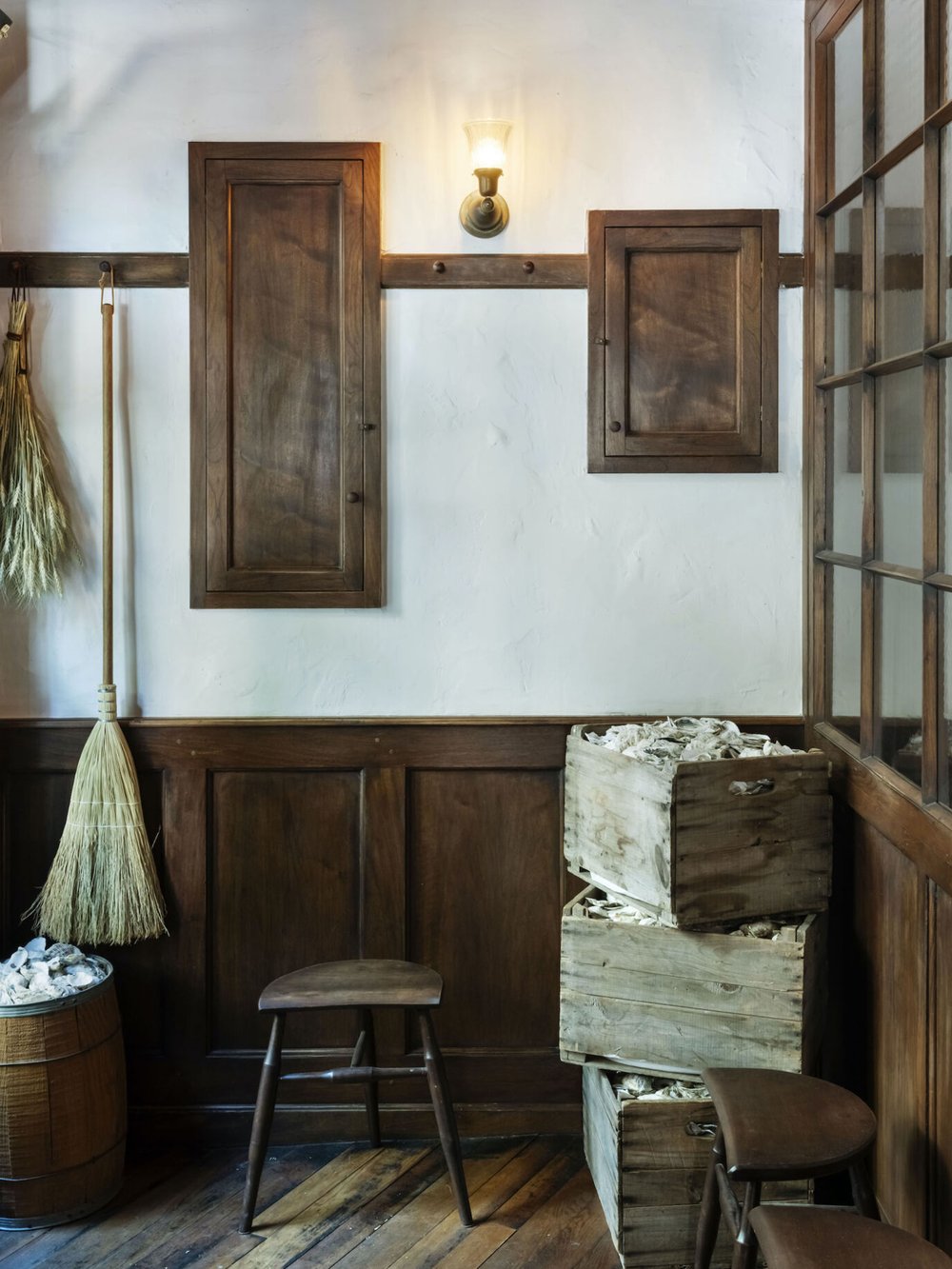
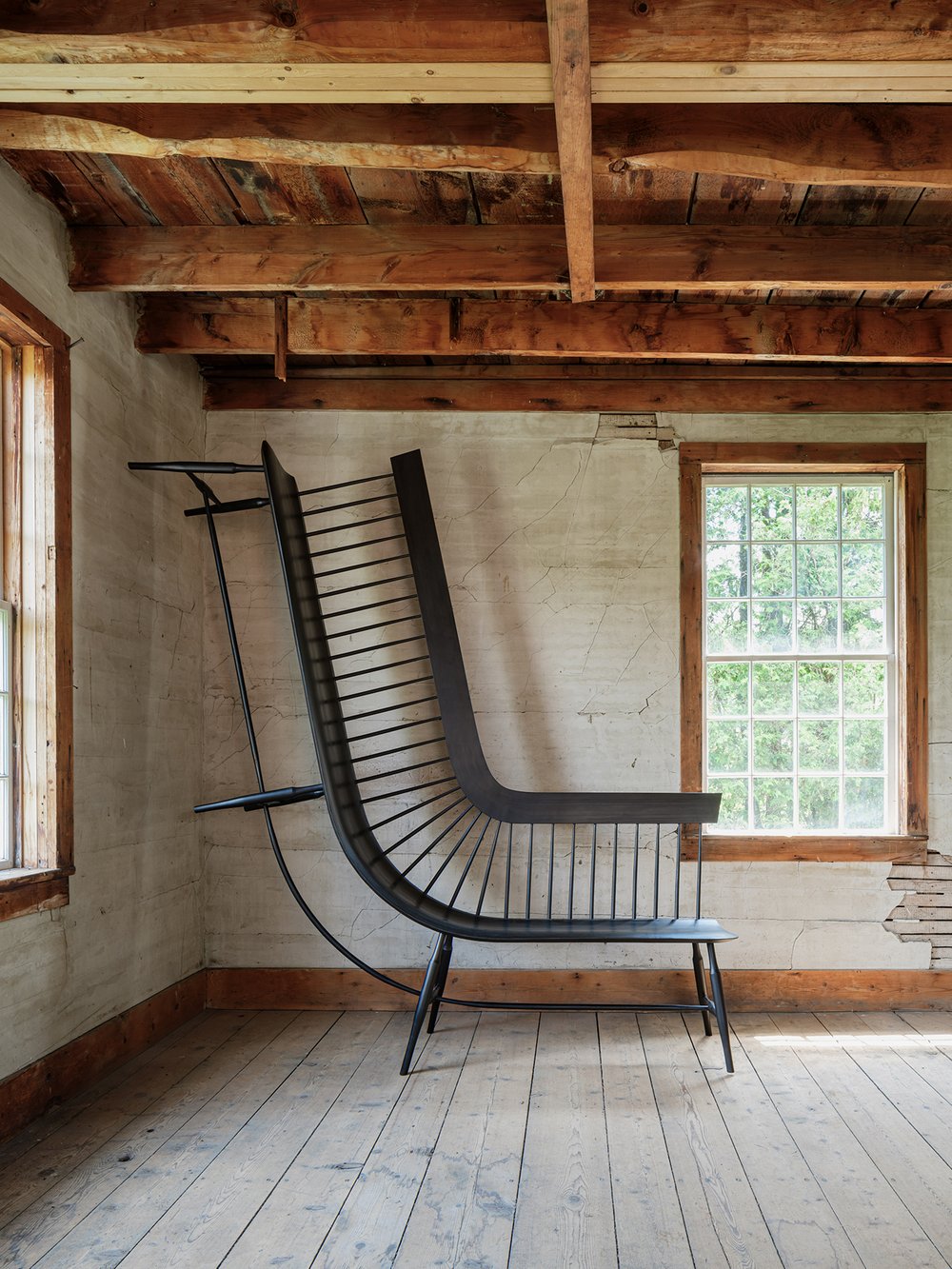
George has noticed an increase in people eager to learn his methods, which have remained largely unchanged for two centuries. “It used to be mostly retired individuals with time on their hands, but now I see younger woodworkers at the start of their careers eager to learn more sustainable techniques,” he notes. “Our classes focus on a lot of hand tool work, and this is often very different from a lot of the woodworking that students have done before. With us, students can step outside of their normal routine, slow down and really focus. It's not too often that people are able to dedicate seven or eight full days to taking a project from start to finish.”
As awareness and the desire to own an heirloom piece continues to grow, so does Sawyer Made’s customer base. “I think people are fed up with our throwaway culture and want something that they can pass on,” says George. “That's the idea here: we're building pieces that will outlast us. The techniques and methods used 200 years ago – we know they’re good because the chairs that have been in use for that amount of time are still around.”
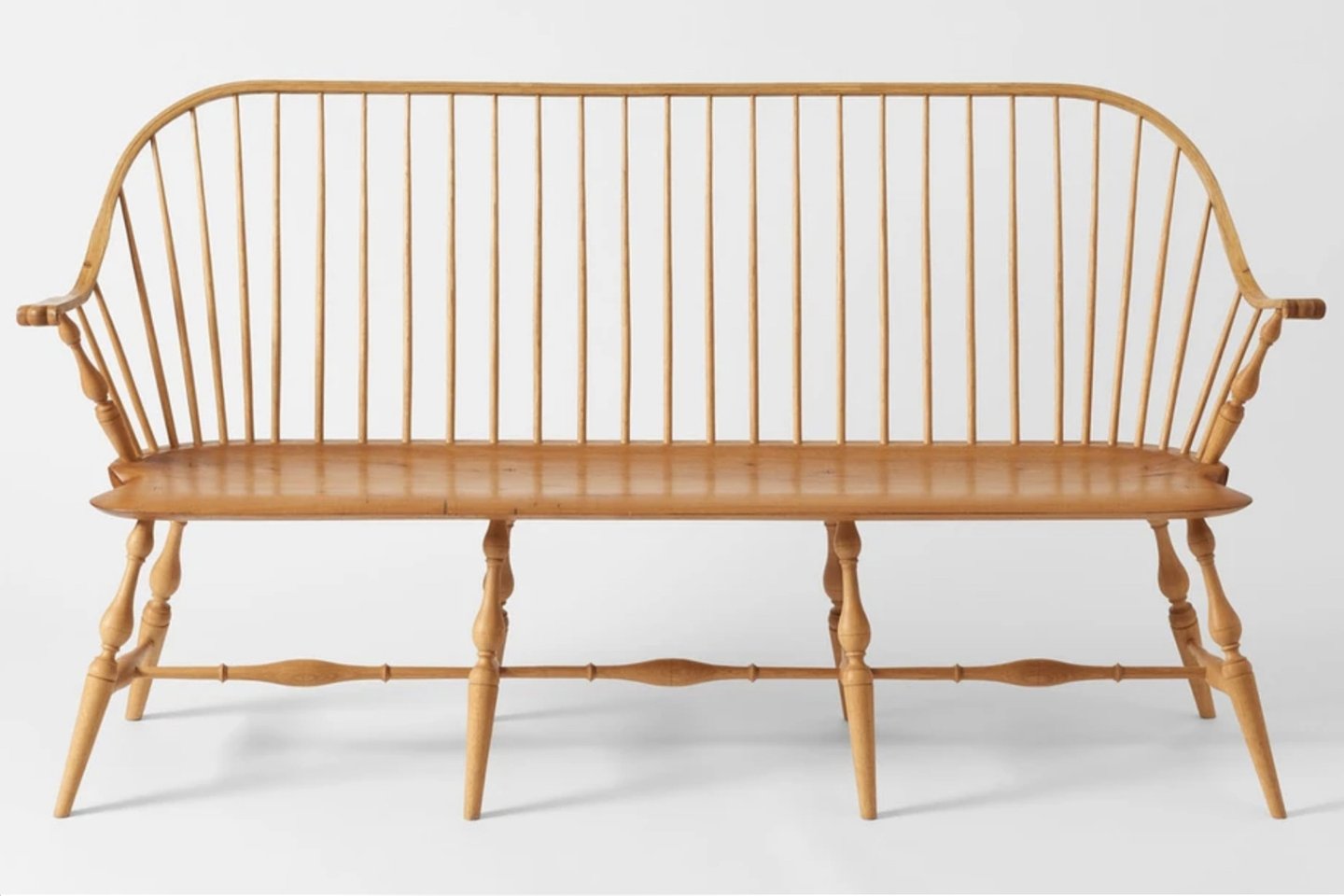
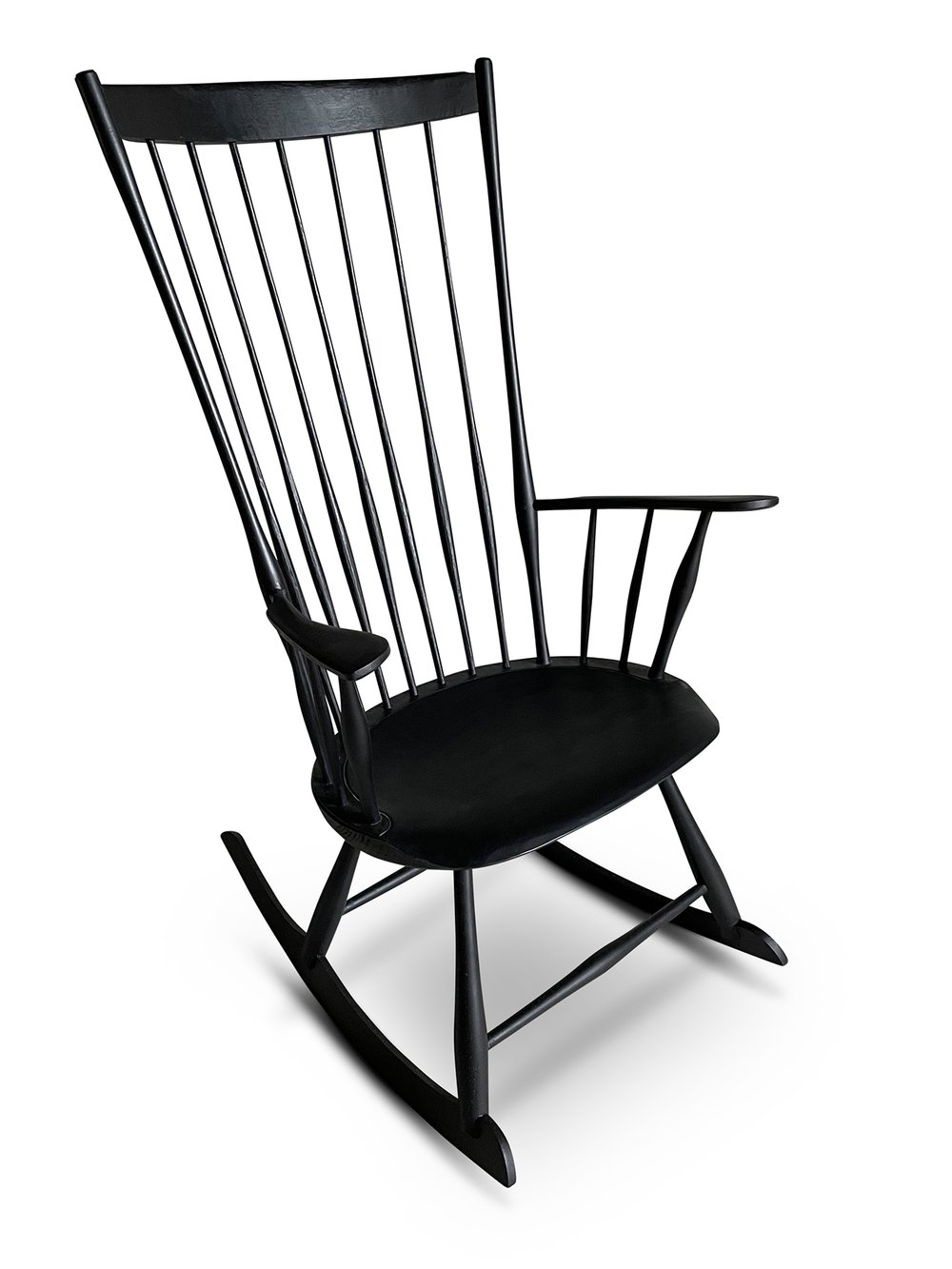
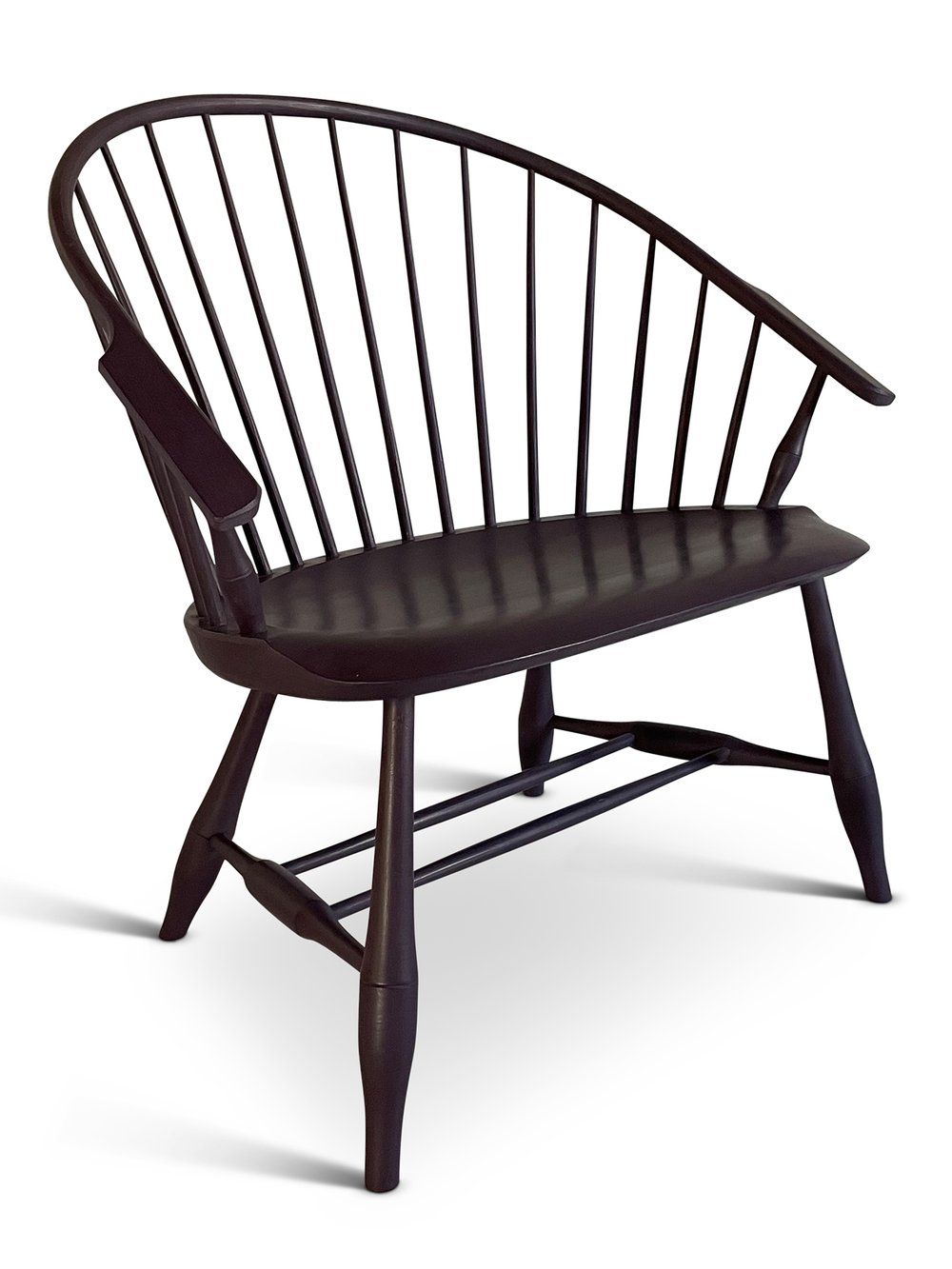
Photography: Sawyer Made, Oliver Parini, Corey Hendrickson, George Sawyer, Ethan Herrrington – Photography, Ben Kist for MARCH

5 min read
On a recent trip to the UK, we had the chance to meet designer, craftsman and environmentalist Sebastian Cox, to learn more about his studio and have a tour of his workshop.

7 min read
WLLW speaks with Helsinki-based Anna Tiula, delving into the heart of Nordic biophilic design, its intrinsic connection to local nature and its significant influence on wellbeing.